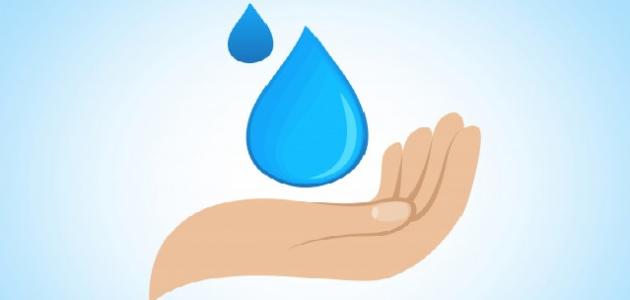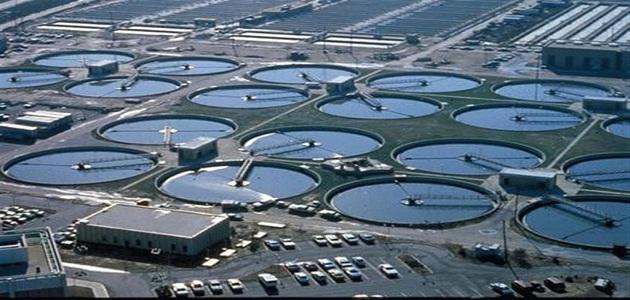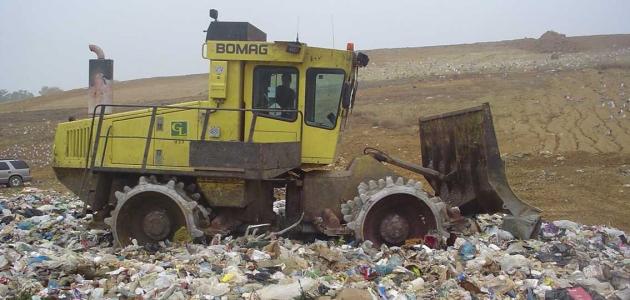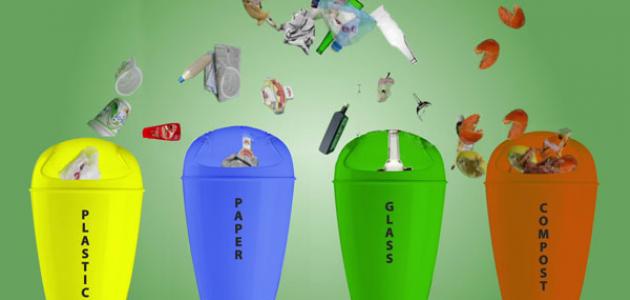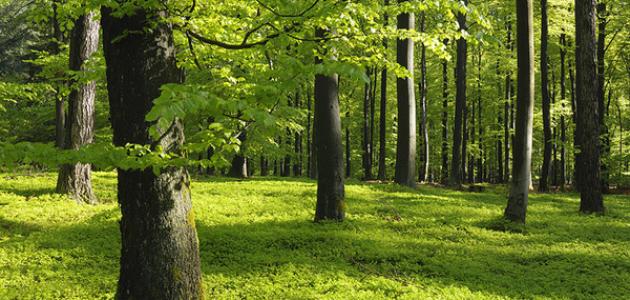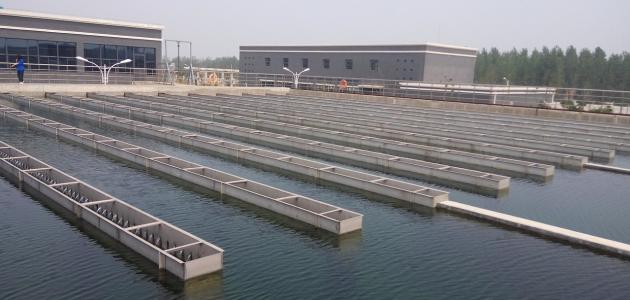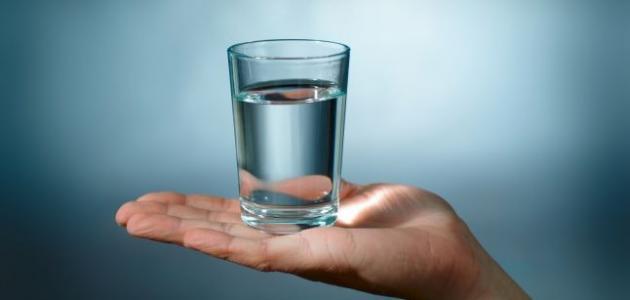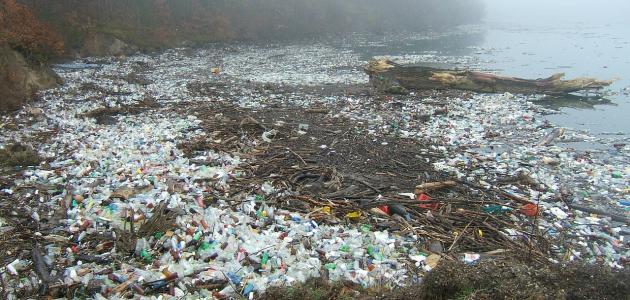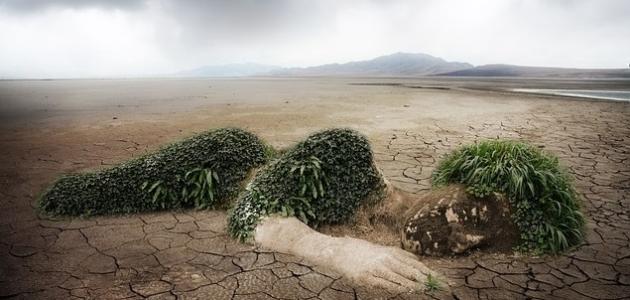Water conservation
The world is witnessing a continuous increase in demand for natural resources due to the increase in population, and fresh water is considered one of the most important resources for humans, as the World Health Organization estimates that each person needs 15 liters of fresh water daily for basic uses such as: drinking, cooking, and hygiene. It is estimated that The United Nations: The daily amount of water needed for one person is between 50-100 liters for personal and household uses, including washing clothes, personal and household hygiene, and other activities.
Preserving water is important due to its importance and the limited sources. Although 70% of the Earth’s surface is covered with water, only less than 1% of it is available for human consumption, while what remains is frozen in ice masses, or salty water in the seas and oceans. Therefore, managing fresh water sources is considered a local and global challenge. It is important to conserve water, rationalize its use, and avoid wasting it in unnecessary uses and quantities so that it remains available for future generations.
The importance of conserving water
A small change in the amount of fresh water on Earth has a profound effect on the water available for human consumption. Although water is an inexhaustible resource, natural sources of fresh water; Such as lakes, streams, and aquifers may not be constantly replenished. Climate changes and drought may cause a decrease in the amount of water in them, and inappropriate use of water sources exposes them to pollution. Excessive use of water also poses a constant threat to water supplies when the amount of consumption exceeds the capacity of these sources. On renewal.
Read also:Search for ozone gasWater undergoes treatment processes until it becomes suitable for human use. Water may undergo natural treatment processes by passing through the soil layers, in addition to mechanical and chemical treatment. An increase in the amount of water used may lead to difficulty in treating it when this quantity exceeds the capacity of the treatment processes. Also, the requirements Water treatment is expensive and time consuming, which is another reason why it is necessary to conserve water.
All living organisms need water to live, grow and develop, as humans need it in all aspects of their life. Such as drinking, cooking, hygiene, bathing, and washing clothes, in addition to many other fields, such as: agricultural work, irrigation of plants, industrial work, in power plants, etc., and conserving water is considered necessary, as the decrease in the amount of water affects nature as well. Pollution causes the deterioration of water sources and affects the water cycle on Earth. A lack of water can cause drought and lead to the appearance of sinkholes or serious landslides, and heavy rainfall on dry land exposes it to the risk of mudslides, in addition to that. The deterioration of water sources and the decrease in its quantity leads to an increase in its cost.
Protecting water sources
Water sources that must be protected include: Surface water sources, such as: lakes, rivers, and dams, and groundwater sources, such as: springs and underground wells; This is to avoid contamination with polluting materials and pathogens, so that water specifications match the requirements of the Environmental Protection Agency and government drinking water programs. Protecting water sources from pollution helps reduce diseases and risks resulting from polluted water, and avoids the need for expensive and complex treatments. Also, protecting water sources preserves It controls water supplies and quantity, and ensures its quality for wildlife and human recreational uses.
Read also:Define an ecosystem